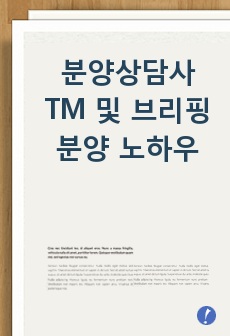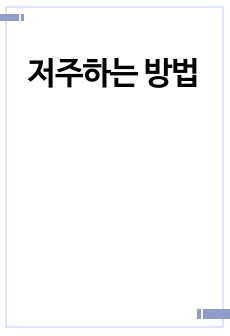노인요양시설 요양대상자와 요양제공자 현황 분석
(주)학지사
- 최초 등록일
- 2015.03.25
- 최종 저작일
- 2011.06
- 8페이지/
 어도비 PDF
어도비 PDF
- 가격 3,000원

* 본 문서는 배포용으로 복사 및 편집이 불가합니다.
서지정보
ㆍ발행기관 : 한국농촌간호학회
ㆍ수록지정보 : 한국농촌간호학회지 / 6권 / 1호
ㆍ저자명 : 장현숙, 이홍자, 김춘미, 김은만
목차
Ⅰ. 서 론
Ⅱ. 연구 방법
Ⅲ. 연구 결과
Ⅳ. 논 의
Ⅴ. 결론 및 제언
참고문헌
- Abstract -
한국어 초록
본 연구의 목적은 우리나라 노인요양시설 요양대상자
와 요양제공자의 현황을 파악하기 위해 시도되었다. 구
체적인 연구목적은 다음과 같다.
1) 노인요양시설의 요양대상자의 현황을 파악하다.
2) 노인요양시설의 요양제공자의 현황을 파악한다.
영어 초록
Purpose: The purpose of this study was to
analyze the present status of institutionalized
persons and personnel of nursing homes for
elders. Method: A survey questionnaire was
distributed to 520 nursing homes nationwide, of
which 308 nursing homes responded by
completing the questionnaire. The data were
collected from November 1 to November 14,
2008. The data were analyzed with descriptive
statistics. Results: Most home care facilities
were situated in small or medium sized cities
(46.8%, 56.6% respectively). About half of the
nursing homes had 50-99 institutionalized
persons (43.4∼42.5%). Most of the nursing
homes were operated by social welfare ownership.
Average number of institutionalized persons was
41.7 and operation ratio of facilities was 93.9%.
For severity of problems, 30% of institutionalized
persons were assessed as third grade
indicating mid-point severity. The average
number of personnel was 18.6. The number of
full-time positions was greater than that of
part-time positions. The average income for the
director was 2,600,000 Korean won, for nurses,
2,000,000, for social workers, 1,940,000, for
physical therapists, 1,820,000, and for care
workers, 1,560,000. Conclusion: Strategies
need to be developed to maximize the value of
the existing workforce without impacting on the
quality of care delivered.
참고 자료
없음




